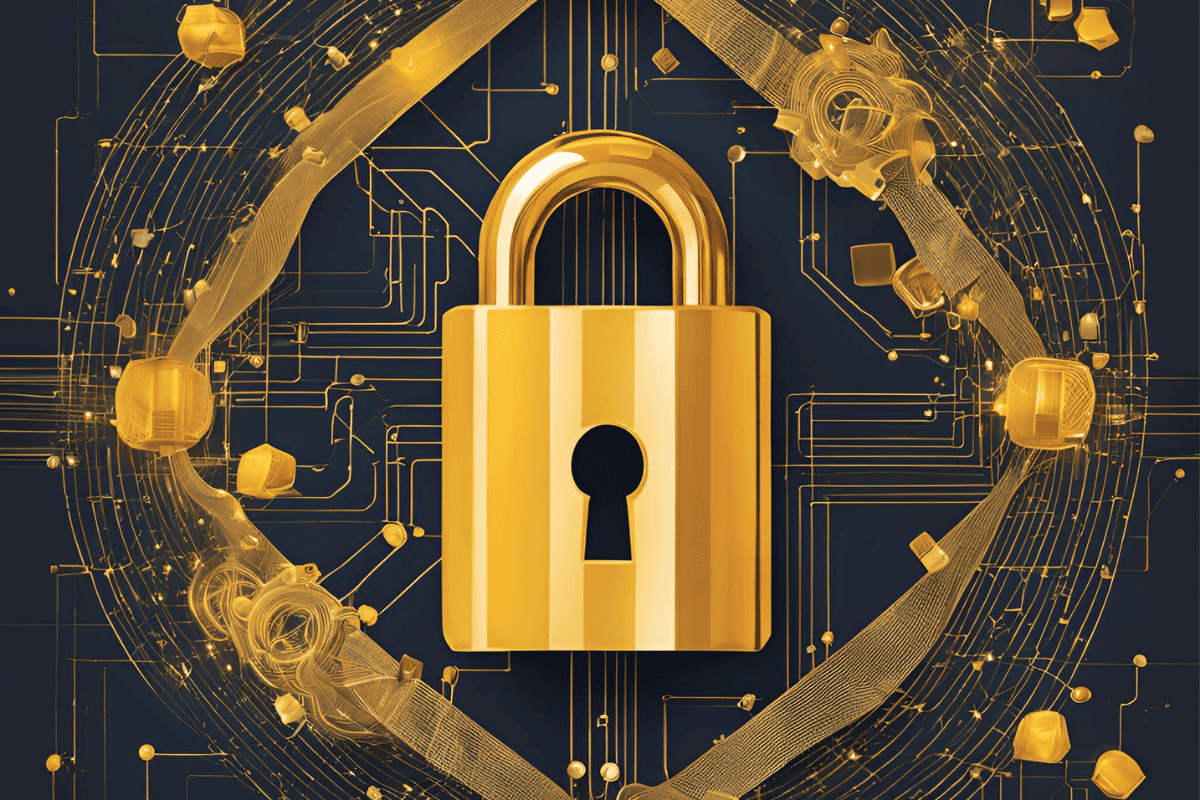The Security Paradigm Shift: Analyzing ERC-20's Dominance and ERC-223's Emergence as a Safer Alternative
This article examines ERC-20's widespread adoption, its vulnerabilities, and the ecosystem's shift toward ERC-223. By addressing token loss and improving transaction security, ERC-223 emerges as a safer, more efficient alternative for modern blockchain applications.

Ethereum's ERC-20 token standard has long been the cornerstone of tokenized ecosystems, becoming a fundamental component of initial coin offerings (ICOs), decentralized finance (DeFi), and a multitude of blockchain initiatives. Despite its widespread adoption, the limitations and vulnerabilities inherent in ERC-20 have prompted the development of new standards, such as ERC-223, designed to address its shortcomings. This analysis examines ERC-20's prolonged dominance, the impetus for its replacement, and how ERC-223 represents a significant advancement in blockchain security and functionality.
ERC-20’s Establishment as a Standard
ERC-20 revolutionized token creation by providing a unified framework that simplified the process for developers. Before its introduction, deploying tokens required crafting bespoke smart contracts, a time-intensive and error-prone endeavor. ERC-20 alleviated these challenges by standardizing functions like transfer, approve, and balanceOf, enabling seamless integration with wallets, exchanges, and decentralized applications (dApps).
This innovation catalyzed the proliferation of blockchain projects, fostering a vibrant ecosystem. Developers could focus on building innovative applications rather than grappling with foundational technical details. The result was an unprecedented surge in tokenized projects and a rapid expansion of Ethereum’s use cases.
Limitations and Risks Inherent in ERC-20
Despite its utility, ERC-20 is not without flaws. Its vulnerabilities have had significant implications for users and developers alike:
- Accidental Token Loss: One of ERC-20’s most criticized weaknesses is its inability to handle tokens sent to incompatible contract addresses. Such transactions result in irretrievable token losses, creating a persistent pain point for users.
- Lack of Built-In Safeguards: ERC-20 does not enforce strict security checks for token transfers. This oversight has left room for developer errors and exploitable gaps in the implementation of token contracts.
Initially, these issues were overlooked, as the ecosystem prioritized rapid development and adoption. However, as the blockchain industry matured, the need for more robust security measures became increasingly evident.
The Ecosystem Effect: Why ERC-20 Persisted
ERC-20’s dominance can be largely attributed to its network effects. Exchanges, wallets, and dApps rapidly adopted ERC-20, creating an ecosystem optimized for its functionality. This widespread support entrenched the standard, making it the default choice for new projects.
The cost of transitioning to alternative standards was another factor. Adopting new frameworks required reconfiguring infrastructure, conducting audits, and educating stakeholders—a daunting prospect for most projects. Consequently, many opted to continue leveraging ERC-20 despite its known vulnerabilities.
The Case for Change: Catalysts Driving ERC-223 Adoption
Over time, high-profile incidents involving lost tokens and smart contract vulnerabilities underscored the risks of relying on ERC-20. As the volume and complexity of DeFi transactions grew, the need for a more secure and efficient standard became impossible to ignore.
ERC-223 emerged as a response to these challenges, offering solutions that directly addressed the shortcomings of ERC-20. The demand for enhanced security, particularly in high-stakes financial applications, provided the momentum necessary for its introduction.
ERC-223: Innovations and Improvements
ERC-223 incorporates critical advancements to mitigate the risks associated with ERC-20. Key features include:
- Prevention of Token Loss: By implementing a tokenFallback function, ERC-223 ensures that tokens sent to incompatible contracts are rejected, significantly reducing the risk of accidental loss.
- Enhanced Contract Interactions: ERC-223 enables contracts to process token transfers directly, streamlining interactions and improving the functionality of decentralized applications.
- Efficiency Gains: ERC-223 reduces the gas costs associated with token transfers by eliminating redundant operations, making transactions more economical for users.

These enhancements position ERC-223 as a safer and more efficient alternative, particularly for use cases requiring high levels of security and reliability.
Implications for the Blockchain Ecosystem
The transition from ERC-20 to ERC-223 reflects a broader trend toward prioritizing security and user experience in blockchain development. While the shift is gradual, the adoption of ERC-223 signifies a commitment to improving the robustness of decentralized ecosystems.
- For Developers: ERC-223 simplifies the creation of secure smart contracts, allowing developers to focus on innovation without compromising safety.
- For Users: By addressing token loss and enhancing transaction efficiency, ERC-223 fosters greater confidence in blockchain technology.
- For the Industry: As a step forward in token standard evolution, ERC-223 lays the groundwork for future advancements in decentralized infrastructure.
Future Directions
While ERC-223 offers significant improvements, it is not the final answer to all blockchain challenges. Continued innovation will likely yield new standards that address emerging issues, such as interoperability across blockchains and the integration of advanced security mechanisms like on-chain AI.
Nevertheless, ERC-223 serves as a critical milestone in the ongoing evolution of Ethereum’s token ecosystem. Its emphasis on safety and efficiency sets a precedent for future standards, ensuring that blockchain technology remains resilient and adaptable in the face of rapid growth.
Conclusion
ERC-20 played a pivotal role in the early success of Ethereum by standardizing token interactions and fostering widespread adoption. However, its limitations became increasingly apparent as the ecosystem matured. ERC-223 represents a meaningful advancement, addressing key vulnerabilities and paving the way for a more secure and efficient blockchain environment.
As the industry evolves, the lessons learned from ERC-20 and the innovations introduced by ERC-223 will continue to shape the trajectory of token standards. By embracing these advancements, the blockchain community can build a future defined by security, adaptability, and sustained innovation.
- - -
This article was written with the assistance of AI to gather information from multiple reputable sources. The content has been reviewed and edited by our editorial team to ensure accuracy and coherence. The views expressed are those of the author and do not necessarily reflect the views of Dex223. This article is for informational purposes only and does not constitute financial advice. Investing involves risk, and you should consult a qualified financial advisor before making any investment decisions. Original reporting sources are credited whenever appropriate and as required.
